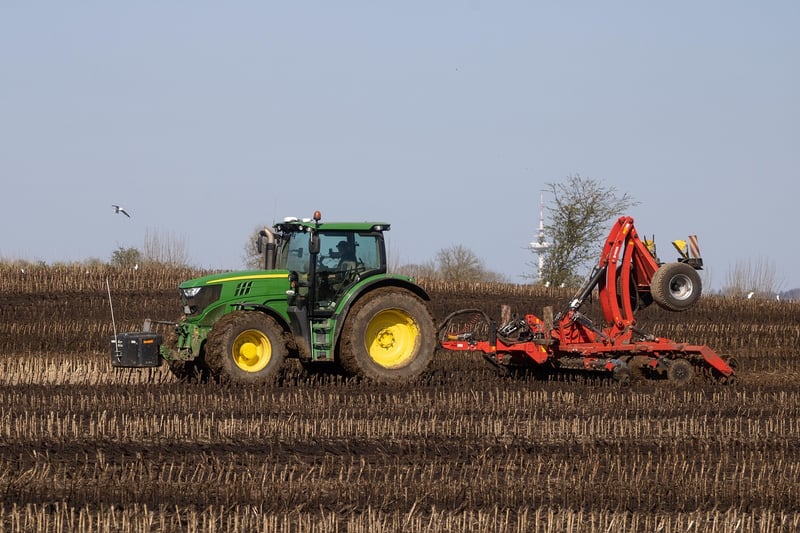Fertilizing Guide
Essential Plant Care Tasks + Fertilizing Guide
Introduction
Welcome to our comprehensive guide on essential plant care tasks and fertilizing. Whether you're a seasoned plant parent or just starting your green journey, these tips will help you keep your plants healthy and thriving.
1. Watering
Proper watering is crucial for the health of your plants. Different plants have different watering needs, so it's essential to research each plant's specific requirements. As a general rule, water your plants when the top inch of soil is dry. Overwatering can lead to root rot, while underwatering can cause wilting.
2. Light
Light is essential for photosynthesis, the process by which plants make their food. Place your plants according to their light requirements - low light, medium light, or bright light. Rotate your plants regularly to ensure all sides receive adequate light.
3. Pruning
Regular pruning helps promote new growth and keeps your plants looking neat. Remove dead or yellowing leaves, leggy stems, and spent flowers. Use clean, sharp pruners to prevent damage to the plant.
4. Cleaning
Dust can accumulate on your plant's leaves, blocking sunlight absorption. Wipe your plant's leaves gently with a damp cloth to remove dust buildup. This allows the plant to breathe and photosynthesize effectively.
5. Fertilizing Guide
Plants need nutrients to grow, and fertilizing helps replenish these essential elements. Choose a balanced fertilizer with equal parts nitrogen, phosphorus, and potassium (N-P-K). Fertilize your plants during the growing season, typically in spring and summer, following the instructions on the product label.
Types of Fertilizers:
- Organic Fertilizers: Derived from natural sources like compost or manure, these fertilizers release nutrients slowly and improve soil health.
- Synthetic Fertilizers: Manufactured and provide a quick nutrient boost to plants. Use sparingly to prevent overfertilization.
Fertilizing Tips:
- Always dilute the fertilizer to avoid burning the plant's roots.
- Water your plants before fertilizing to prevent root damage.
- Avoid fertilizing dormant plants, as they are not actively growing.
Conclusion
By following these essential plant care tasks and fertilizing guidelines, you'll be on your way to creating a lush and vibrant indoor or outdoor garden. Remember that each plant is unique, so observe your plants regularly and adjust your care routine as needed. Happy gardening!


